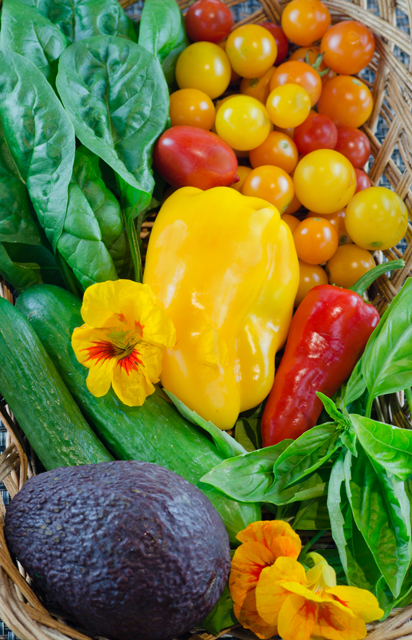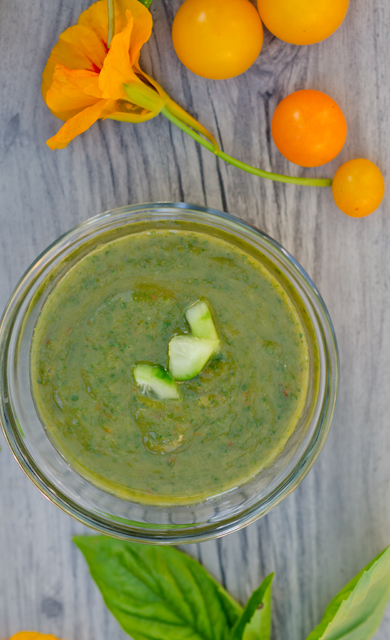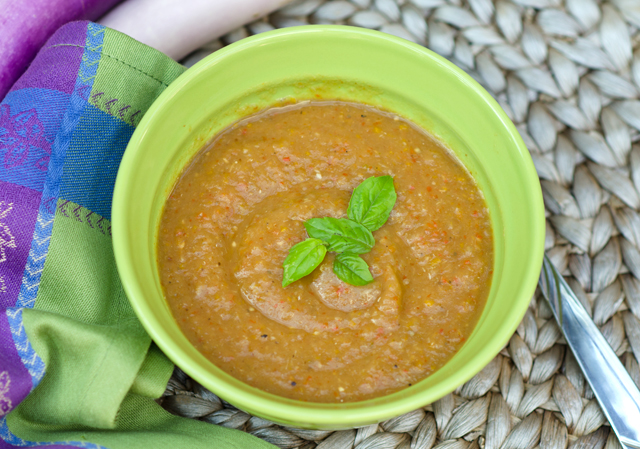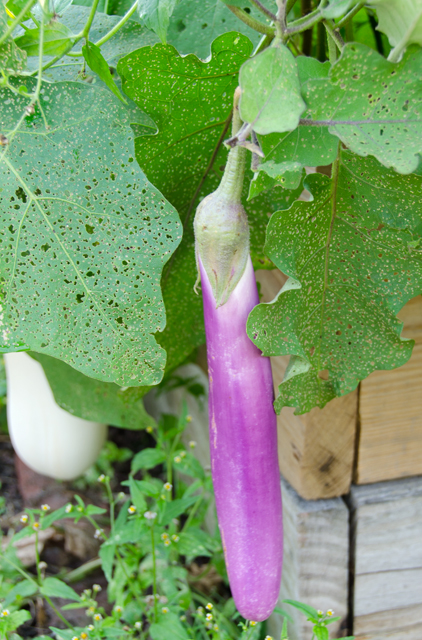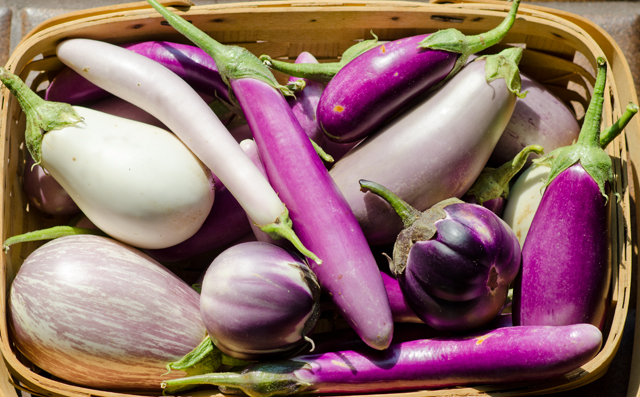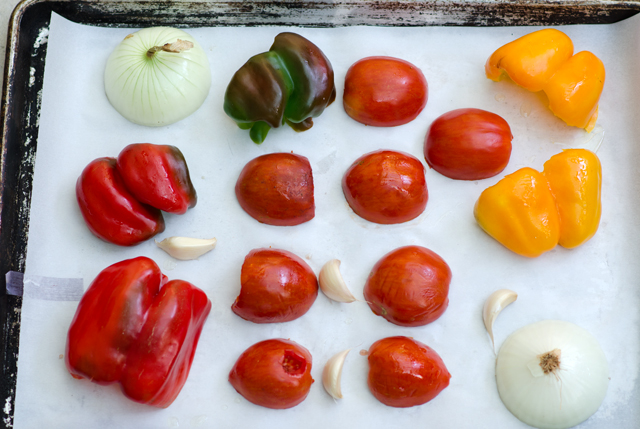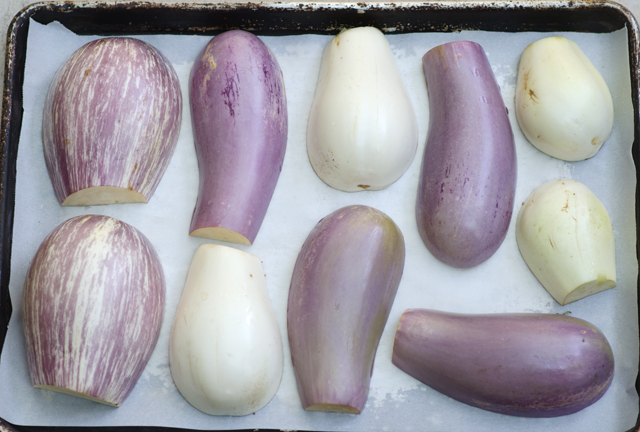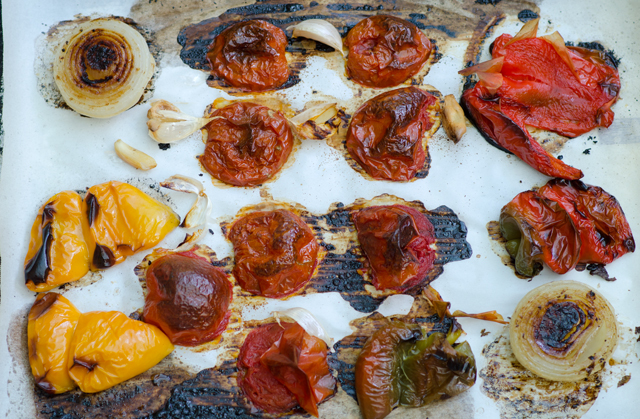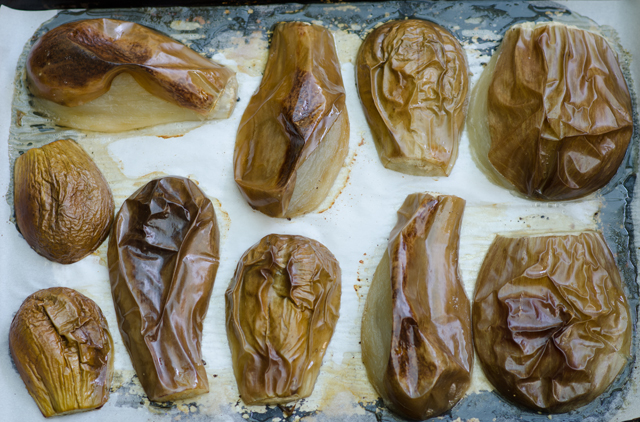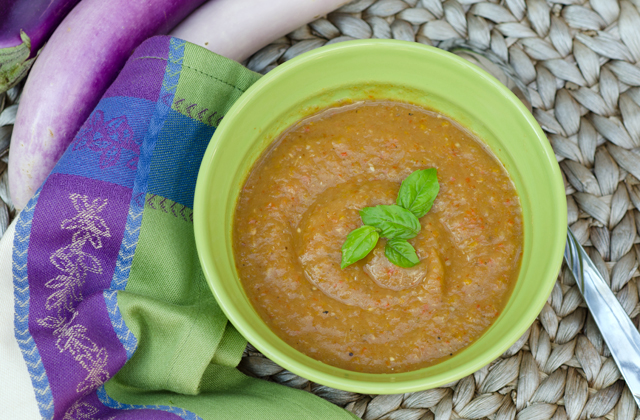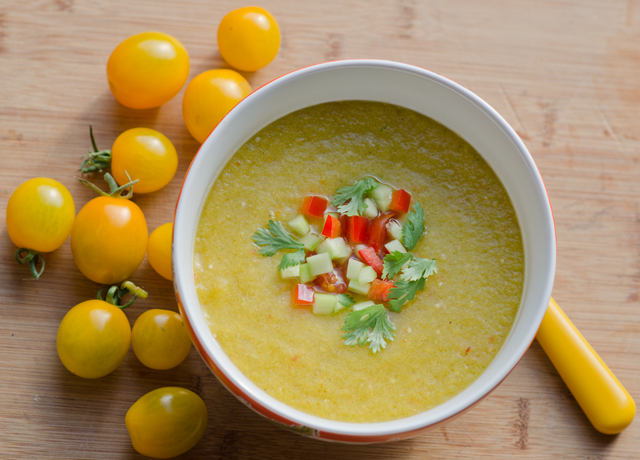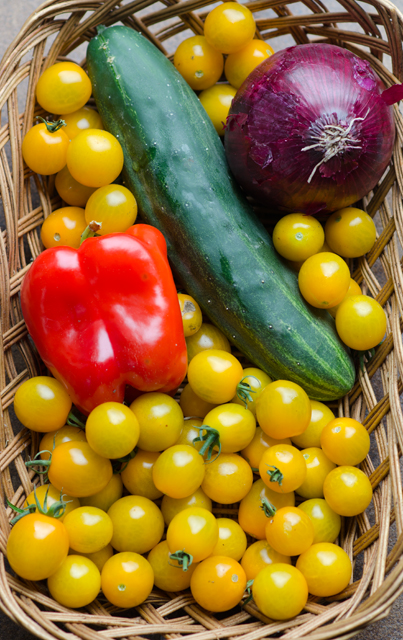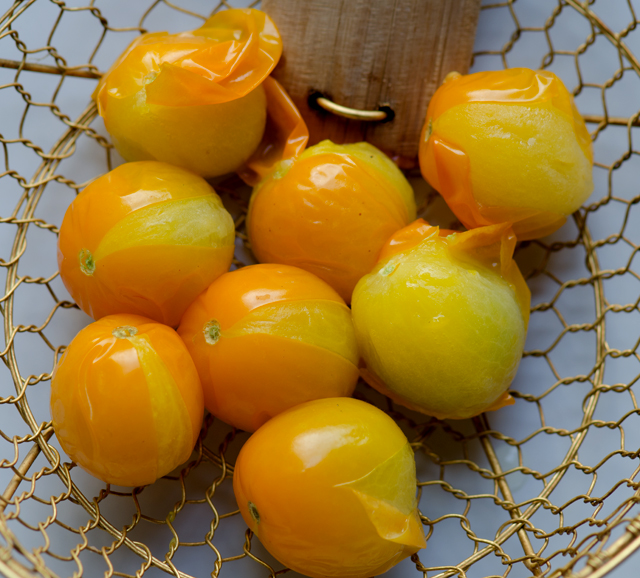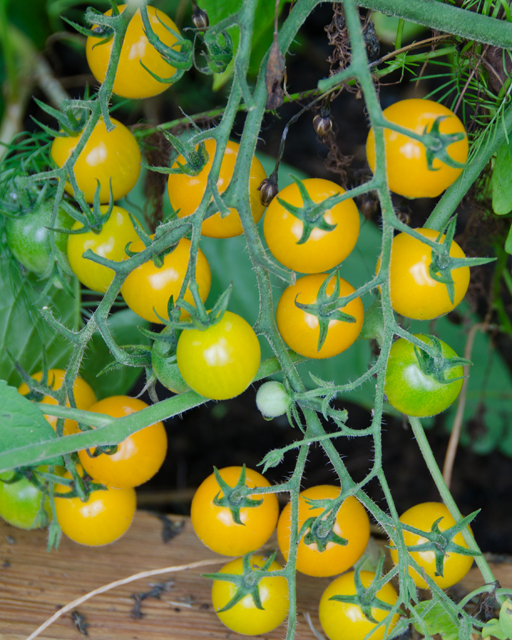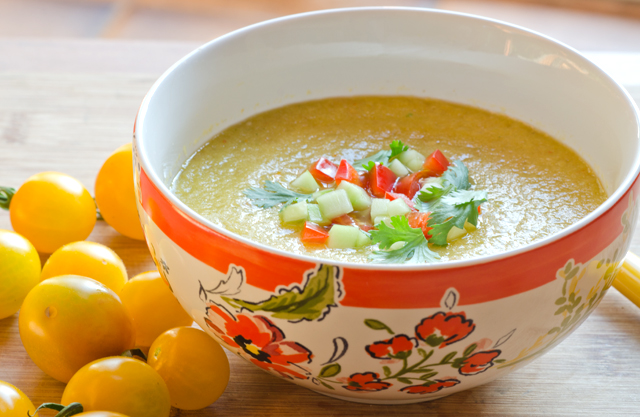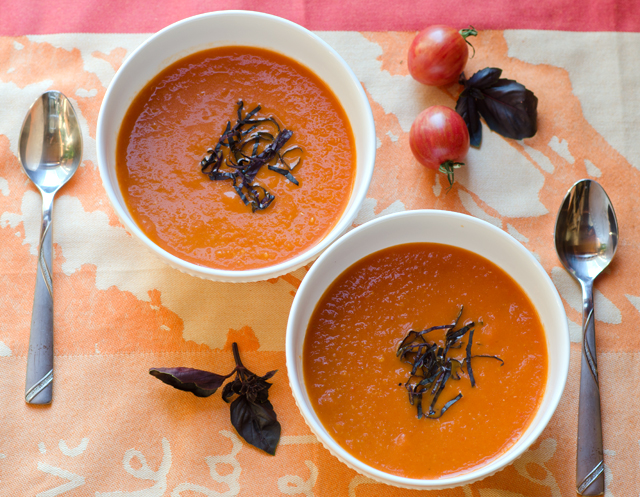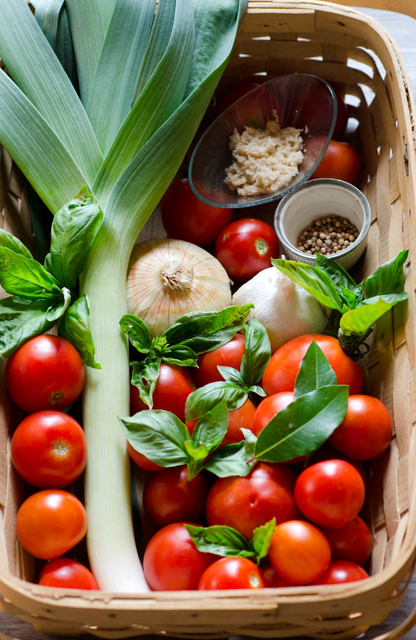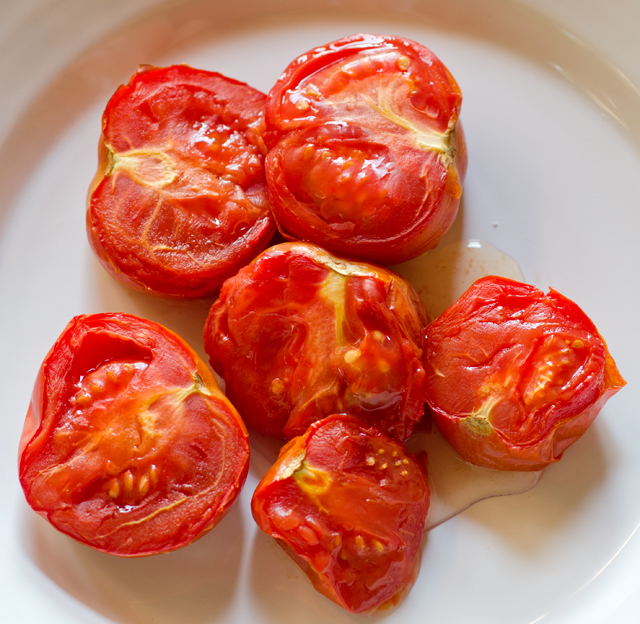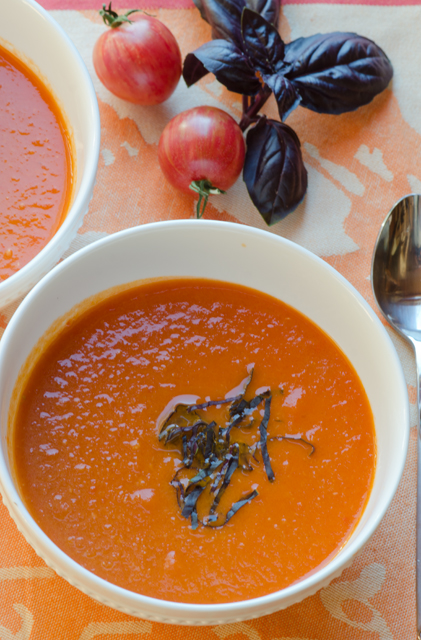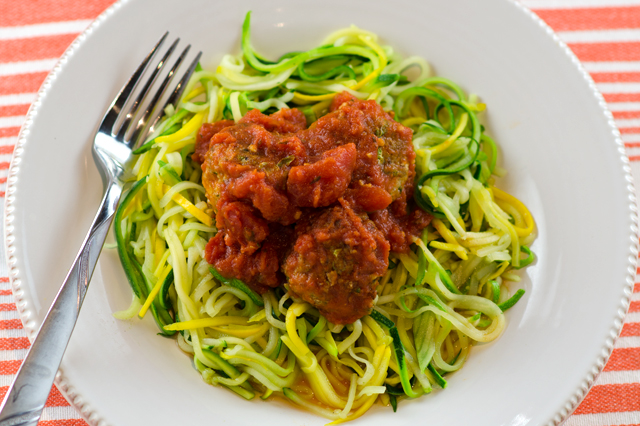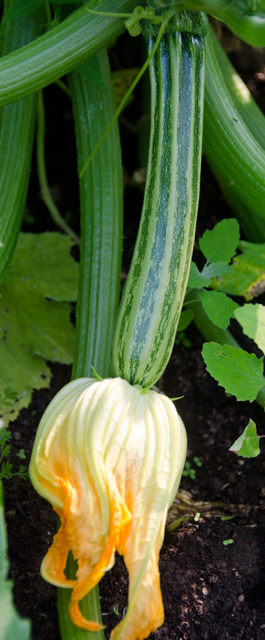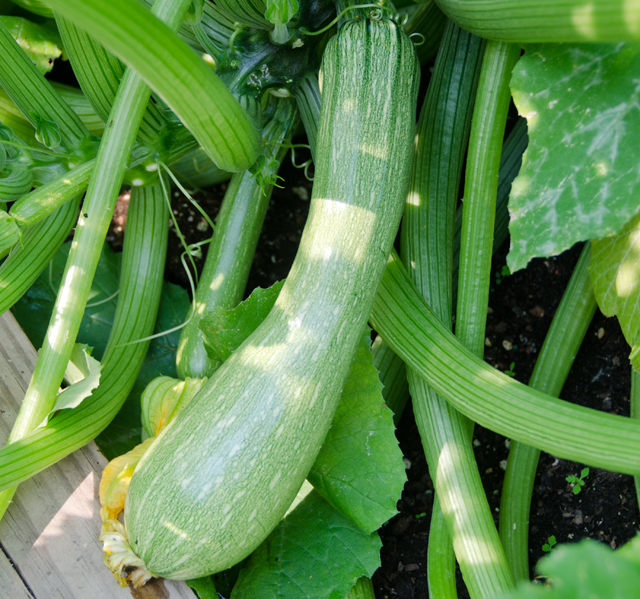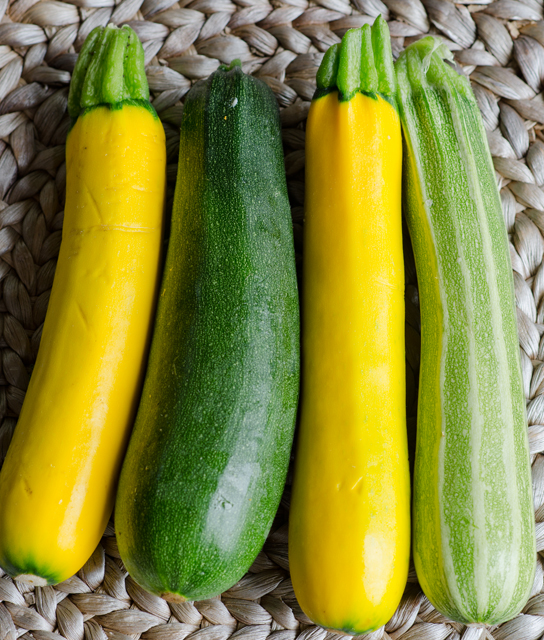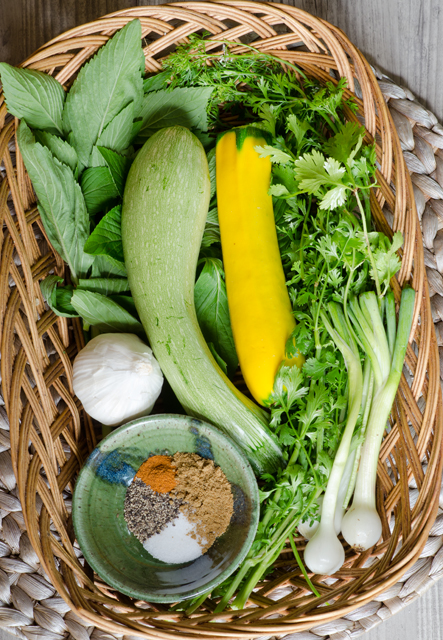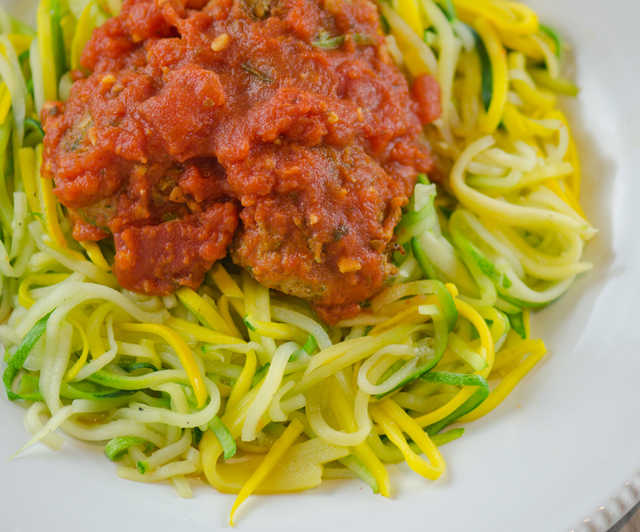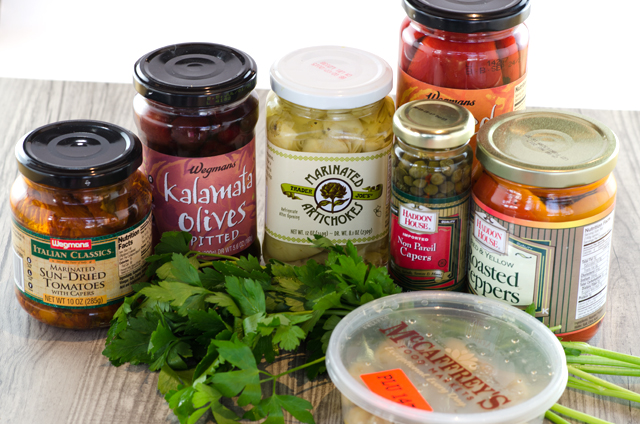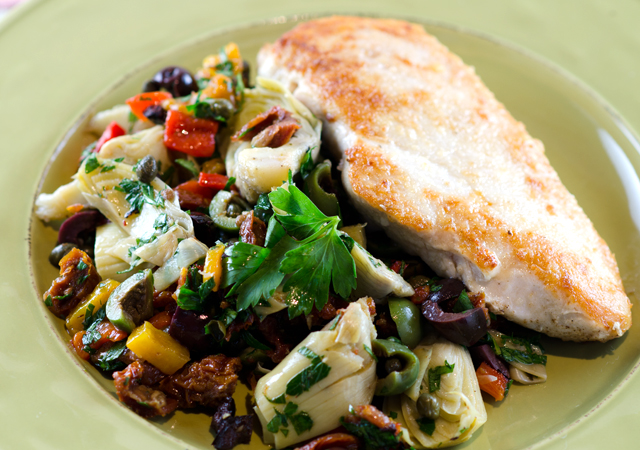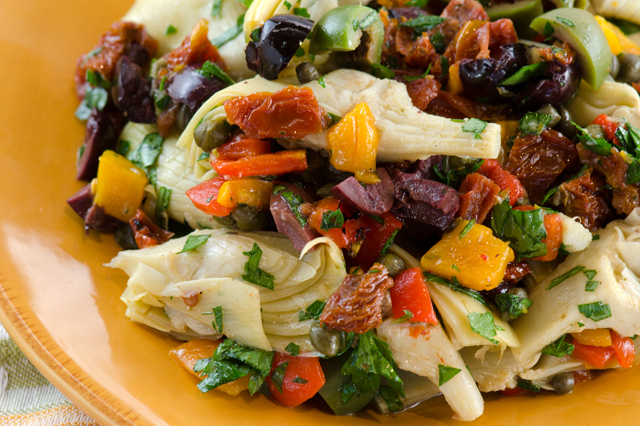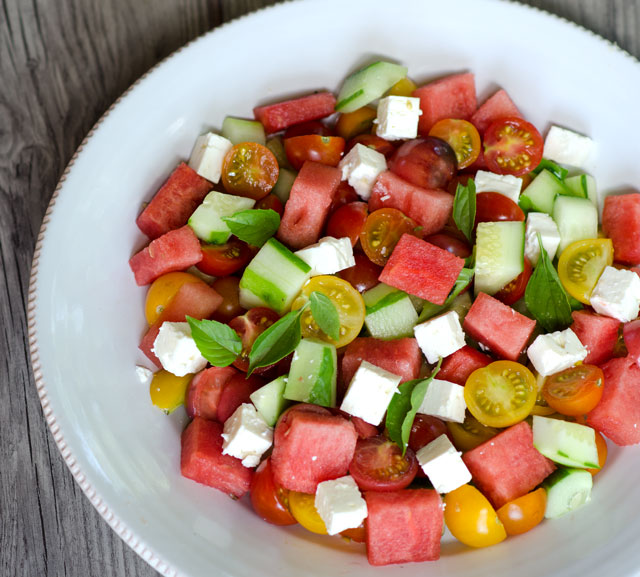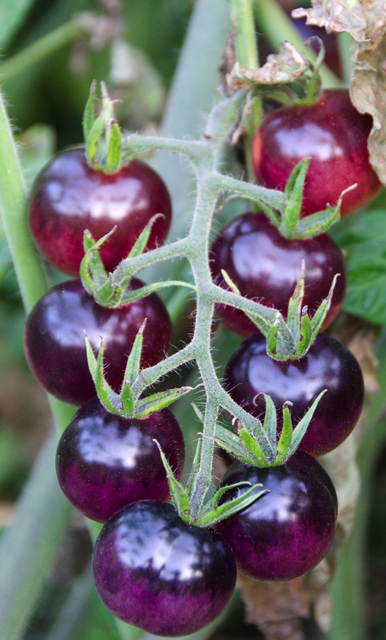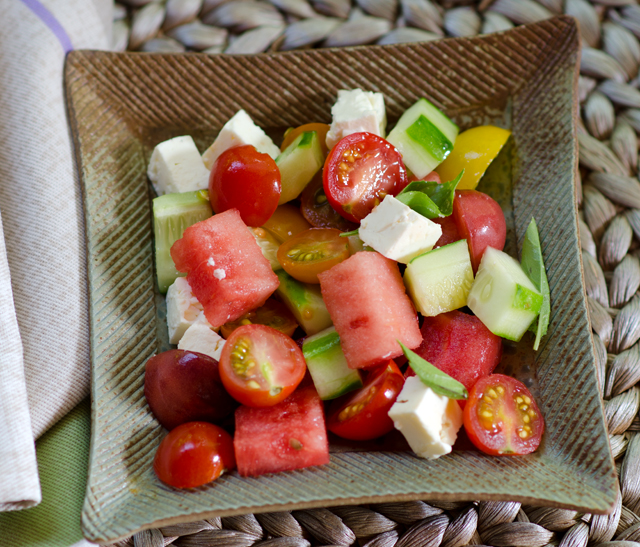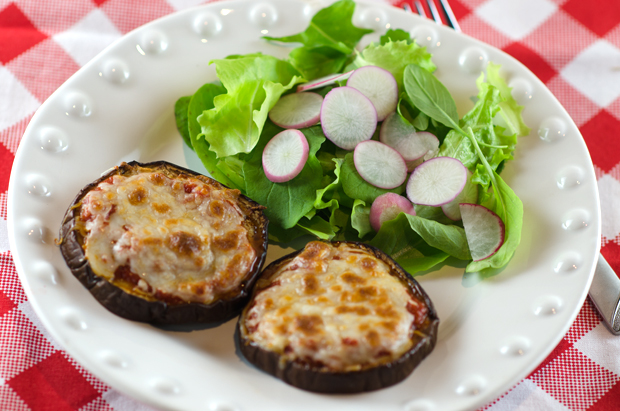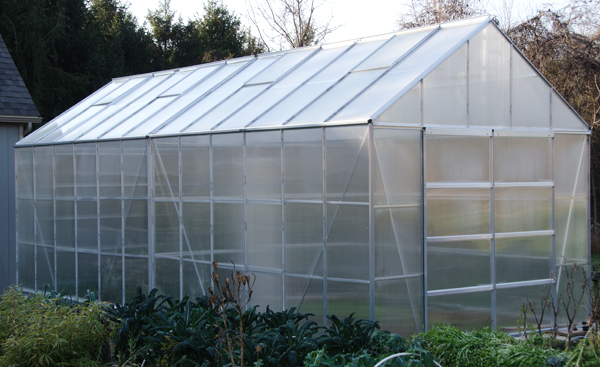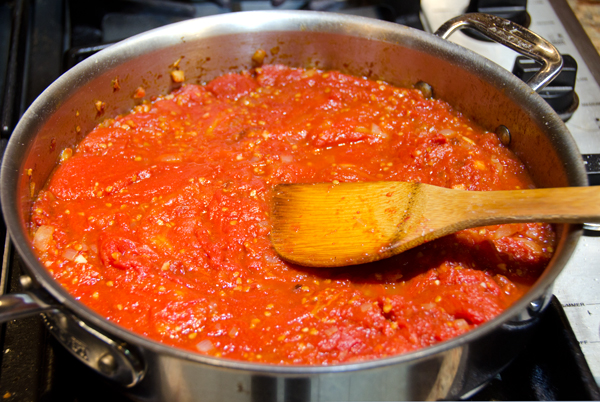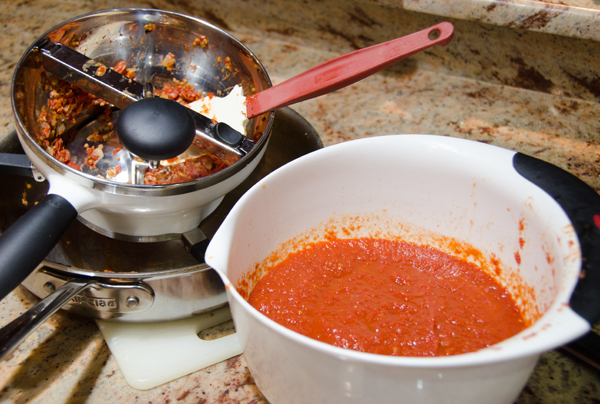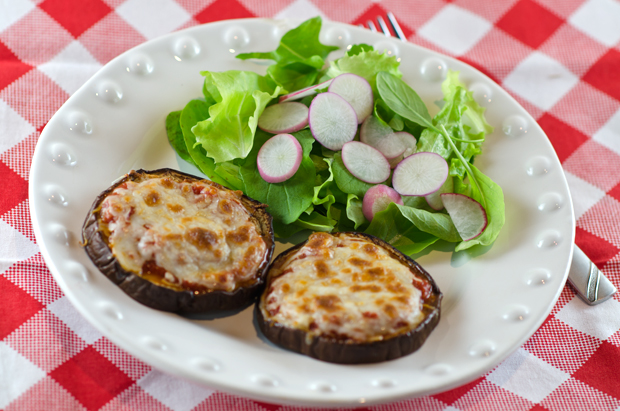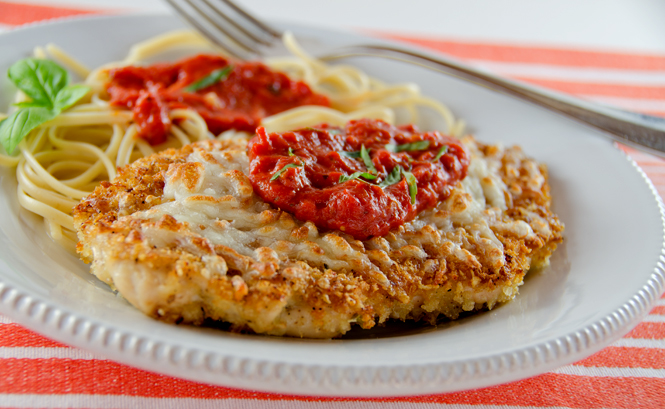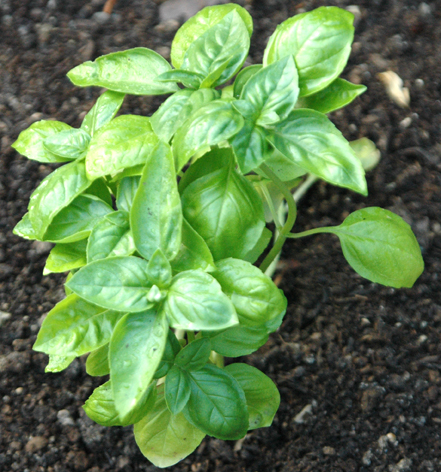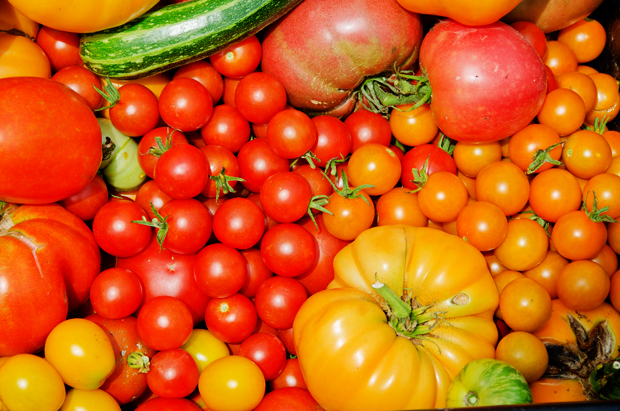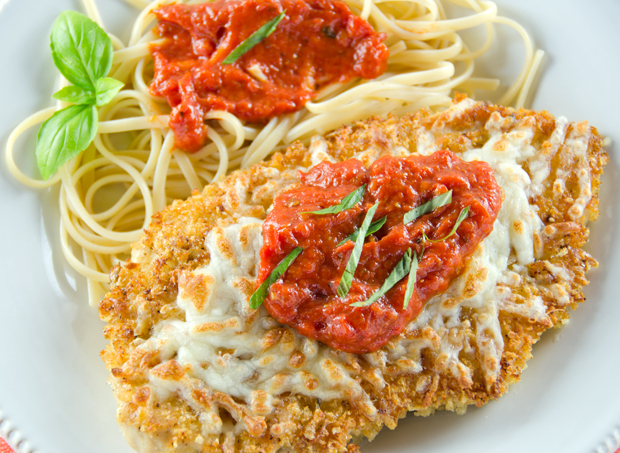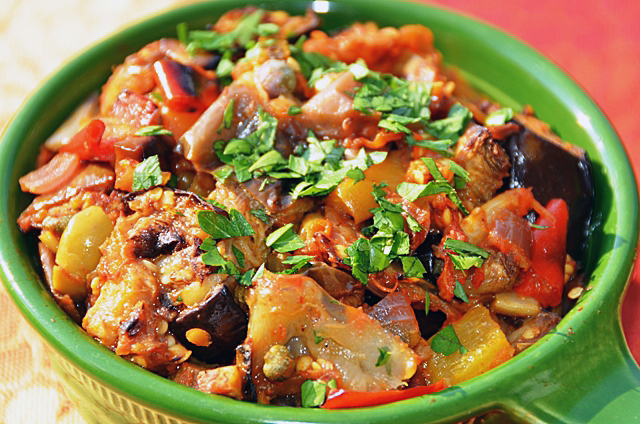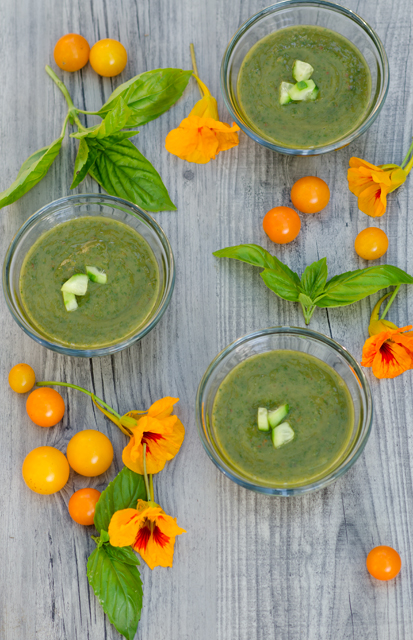 Summer was officially over several weeks ago and the first touch of frost was on our lawn Sunday. That doesn’t mean the garden is giving up yet. There are still some tomatoes, peppers, both sweet and hot, eggplants and herbs ready for the picking.The tomatoes may not be the prettiest, but they are certainly the sweetest. Joe has planted a large crop of spinach and salad greens in the garden greenhouse that we will enjoy for several months to come. After a week of indulging in Denver’s finest cuisine it was time to get back on the healthy eating track. What better way to use some of these ingredients than in a cold refreshing green gazpacho?
Summer was officially over several weeks ago and the first touch of frost was on our lawn Sunday. That doesn’t mean the garden is giving up yet. There are still some tomatoes, peppers, both sweet and hot, eggplants and herbs ready for the picking.The tomatoes may not be the prettiest, but they are certainly the sweetest. Joe has planted a large crop of spinach and salad greens in the garden greenhouse that we will enjoy for several months to come. After a week of indulging in Denver’s finest cuisine it was time to get back on the healthy eating track. What better way to use some of these ingredients than in a cold refreshing green gazpacho?
Gazpacho by definititon is a liquid salad that originated from the southern Spanish region of Andalusia. The name possibly originated from the Latin word “caspa” meaning fragments, alluding to the small pieces in gazpacho. You can make this as chunky or as smooth as you choose. I love the addition of avocados in our nightly salad with dinner and had a few extra ripe ones to give this soup a creamy texture. I used the bounty of our garden and the addition of a cucumber for it’s crisp sweetness. Give this soup several hours to chill and the flavors to blend.
Substitutions are permitted, watercress for the spinach, that will bring a spicy kick to the soup. Cilantro can sub for the basil, add a touch of Tabasco if you don’t have a fresh hot pepper, I would be happy to share. I always stock up on vinegars at The Tubby Olive and used their Alfoos Mango in my soup, love them in our vinaigrettes too. If you don’t have a fruit vinegar, use white wine vinegar and a touch of honey. A little chopped cucumber as garnish gives a little crunch and since our nasturtiums are still in bloom I couldn’t resist adding a few for their vibrant color and spiciness.
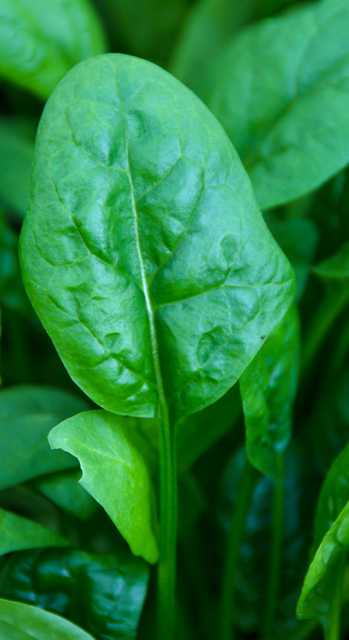
End of Summer Green Gazpacho
Makes about 4 cups
- 2 medium tomatoes or 12-15 small tomatoes
- 3-4 small cucumbers peeled and cut into chunks
- 1 avocado, flesh cut into large chunks
- ½c basil leaves
- ½c flat leafed parsley leaves
- ½ to 1 whole hot pepper, jalapeno or serrano
- 1 sweet pepper, seeded, stemmed and cut into chunks
- 2c packed baby spinach leaves
- 2 cloves garlic, finely chopped
- 2-3T fruity balsamic vinegar (I used Mango from Tubby Olive)
- Cold water to blend
- Kosher salt and freshly ground pepper
- Water as needed
- 1T extra virgin olive oil
Directions
- Reserve ½ cup cucumber chunks and chop finely.
- Combine the tomatoes, cucumbers, avocado, basil, hot pepper and sweet pepper, spinach, garlic and balsamic vinegar with cold water as needed in the bowl of a food processor or blender. Process until smooth adding more water as necessary to achieve a smooth texture. Taste and season with salt, pepper and more vinegar if desired.
- Refrigerate until cold, pour into bowls and garnish with cucumber chunks.
